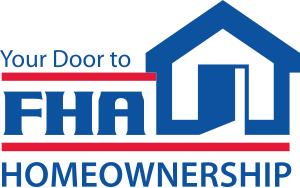
The Federal Housing Administration (FHA) plans to impose significant restrictions on the amount of money that sellers can contribute at closing in the near future. The FHA also will be raising its mortgage insurance premiums during the coming weeks, increasing charges for new purchases across the board.
Making sense of the story
- One reason for the increase in fees is that over the last six years, the number of FHA loans used by buyers has increased significantly. The housing program is financing 40 percent or more of all new-home purchases in some areas and is a crucial resource for first-time buyers and moderate-income families. This is especially because of the low 3.5 percent down payment required for most FHA loans.
- During this span of rapid growth, the FHA’s insurance fund capital reserves have steadily deteriorated – far below congressionally mandated levels. And delinquencies have been increasing. As a result, the FHA is under the gun to get its own house in order, cut insurance claims, and rebuild its reserves.
- Under the changes, the FHA will lower its seller concession cap to 3 percent of the home price or $6,000, whichever is greater. Currently, the FHA allows up to 6 percent of the price of the house to go toward buyers’ closing costs.
- Beyond that change, the FHA also plans significant increases in insurance premiums – upfront premiums will rise to 1.75 percent from 1 percent, effective April 1, and annual premiums will increase by 0.1 percent on all loans under $625,000 and 0.35 percent on mortgage amounts above that, effective June 1.
Related articles
- 10 Facts to Know About FHA Loans (doorfly.com)
- Lock up those FHA loans now (seattletimes.nwsource.com)
- FHA to Raise Their Mortgage Insurance Again (mortgageblogonline.wordpress.com)
- Act Now to Avoid Higher Fha Loan Fees on April 1st (ortingjohnlscott.wordpress.com)
- The MOST expensive FHA premiums in history are about to hit April 1st! (southernhomes.wordpress.com)
For all your real estate needs:
Call or email today
John J. O’Dell Realtor® GRI
Real Estate Broker
Civil Engineer
General Contractor
(530) 263-1091
Email jodell@nevadacounty.com
DRE #00669941


